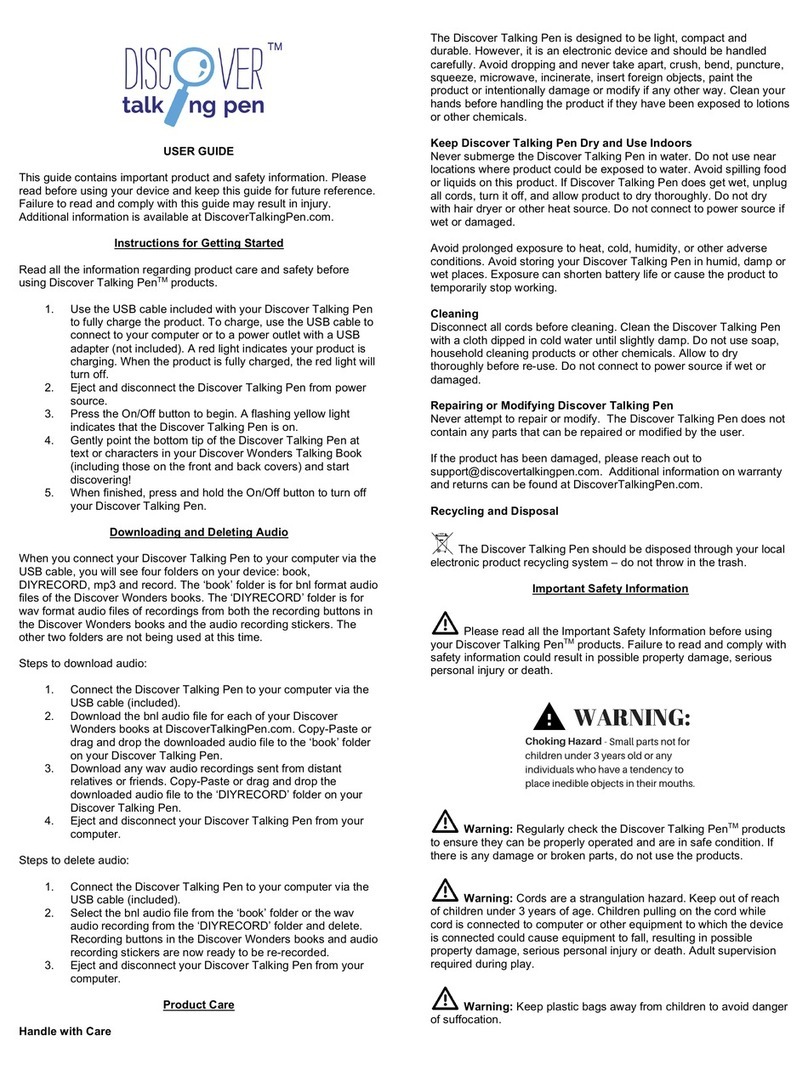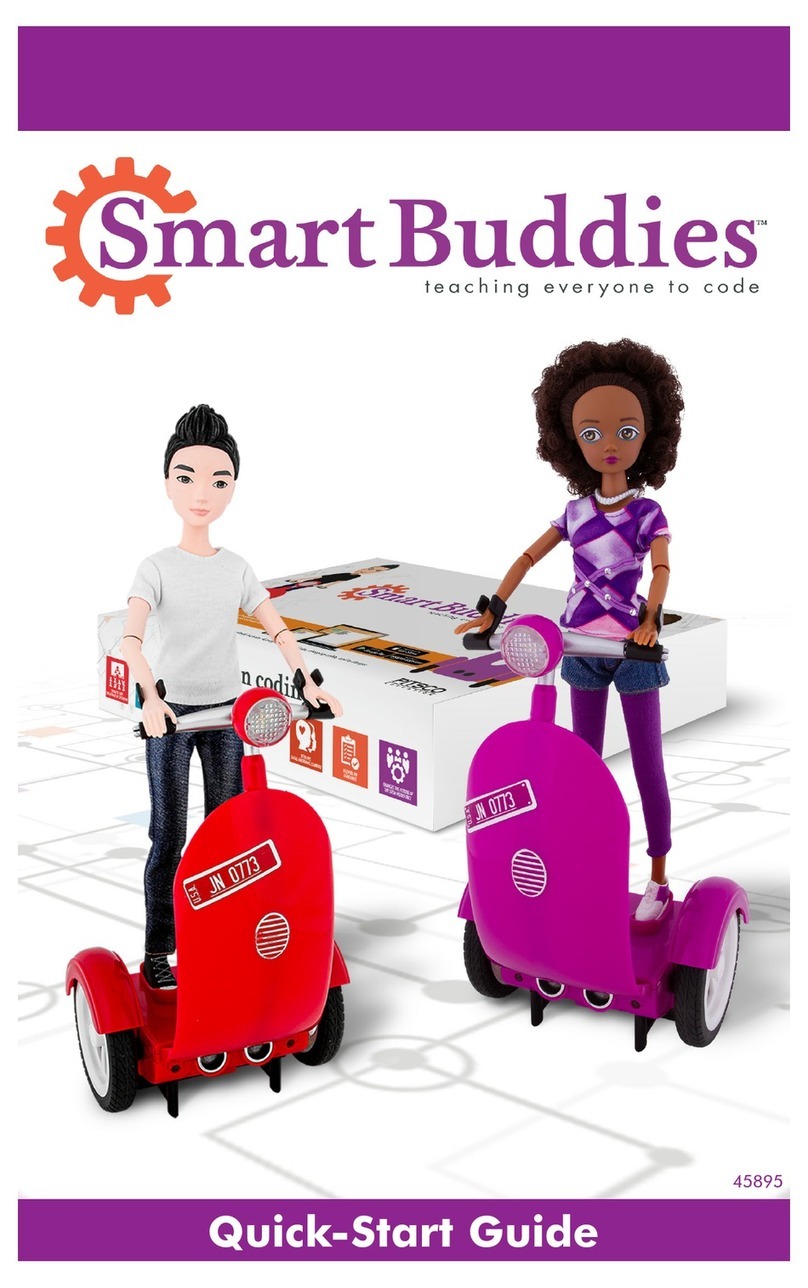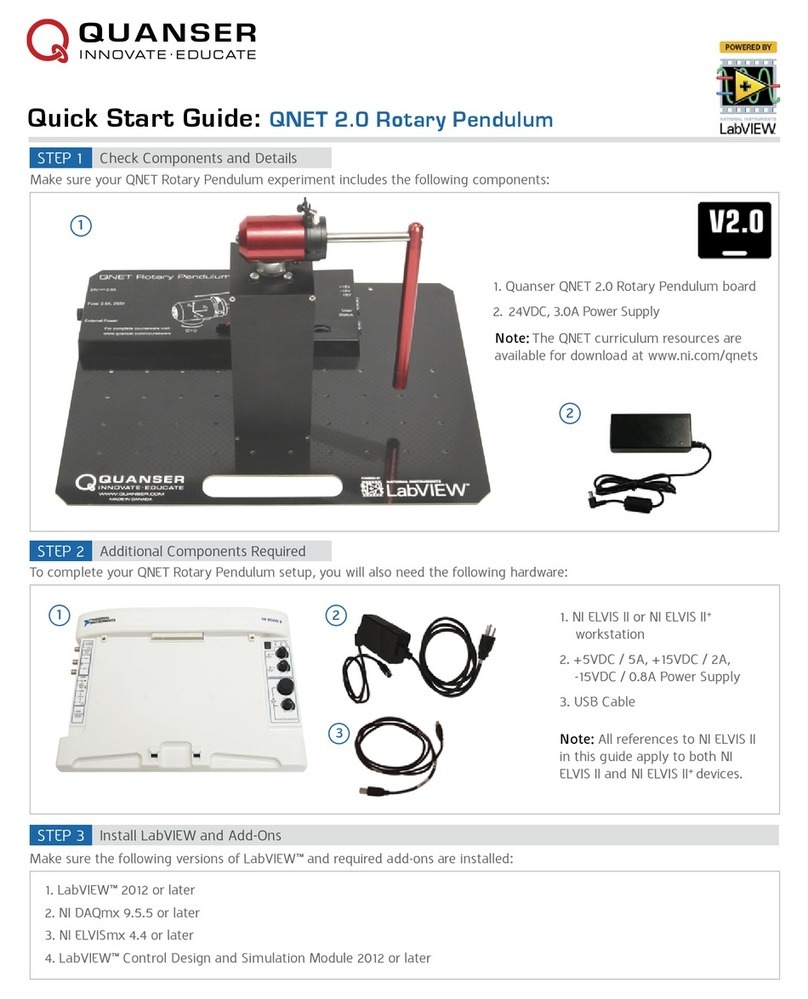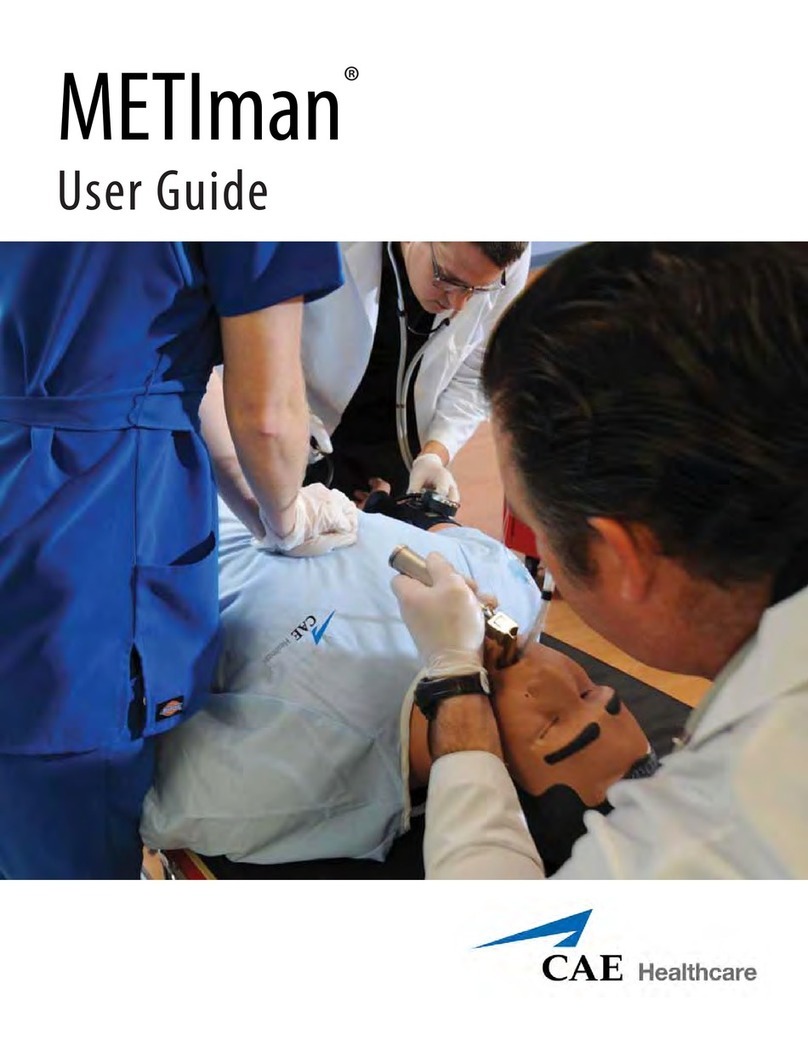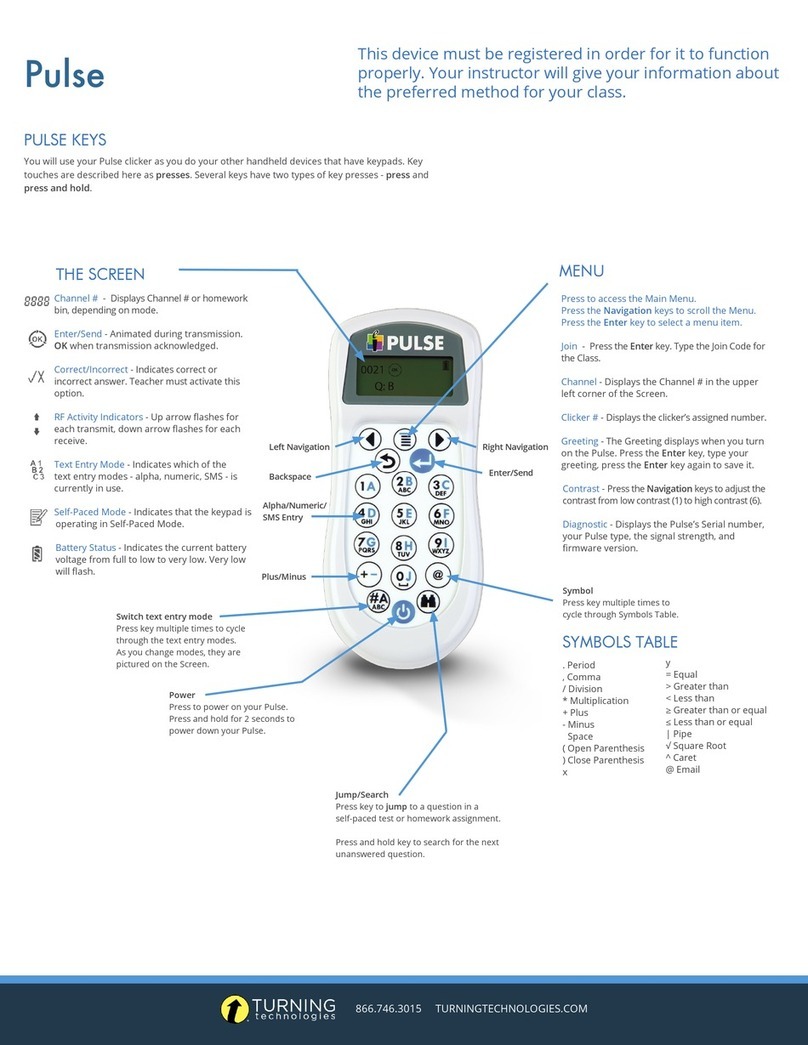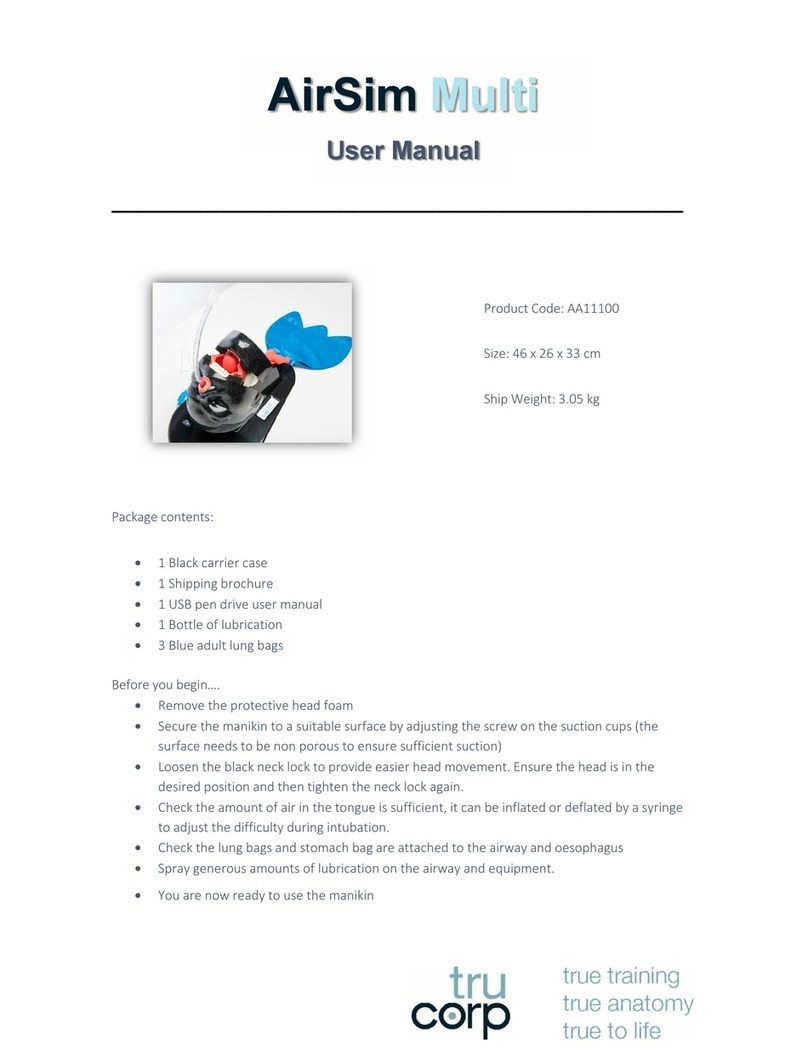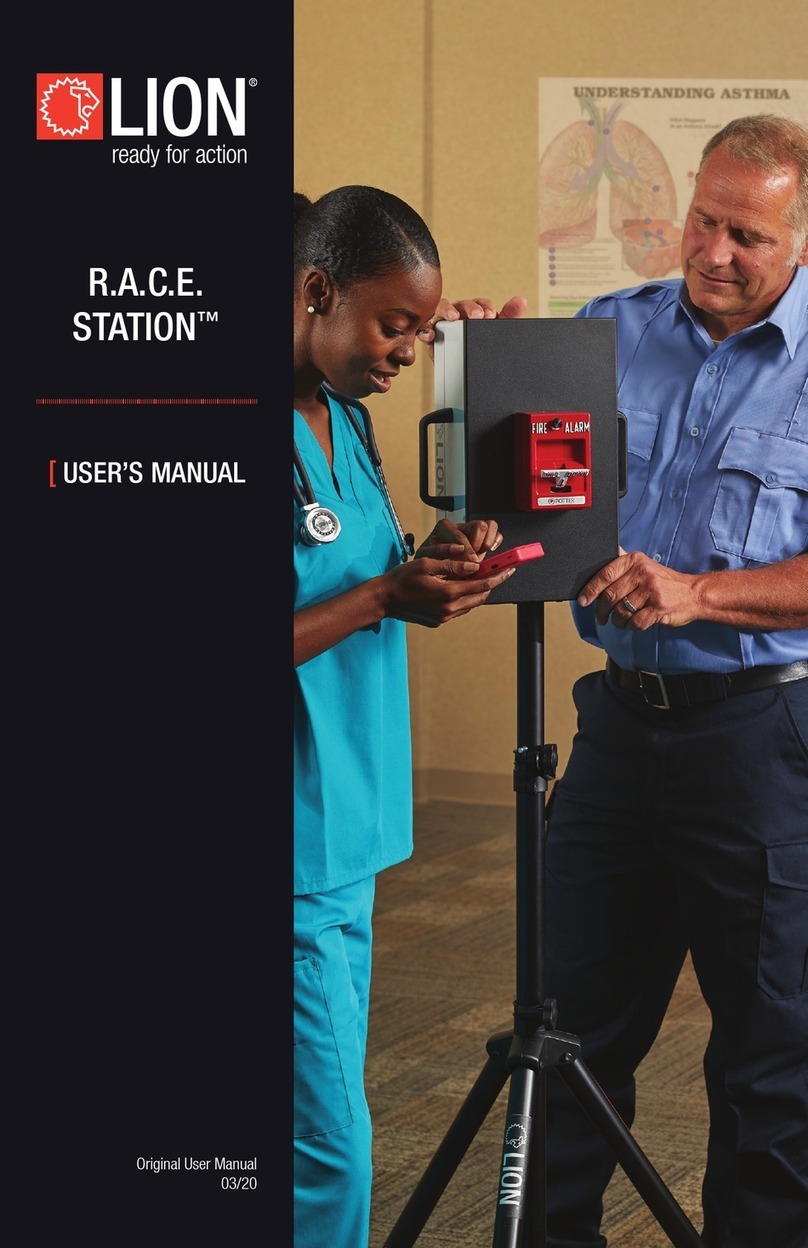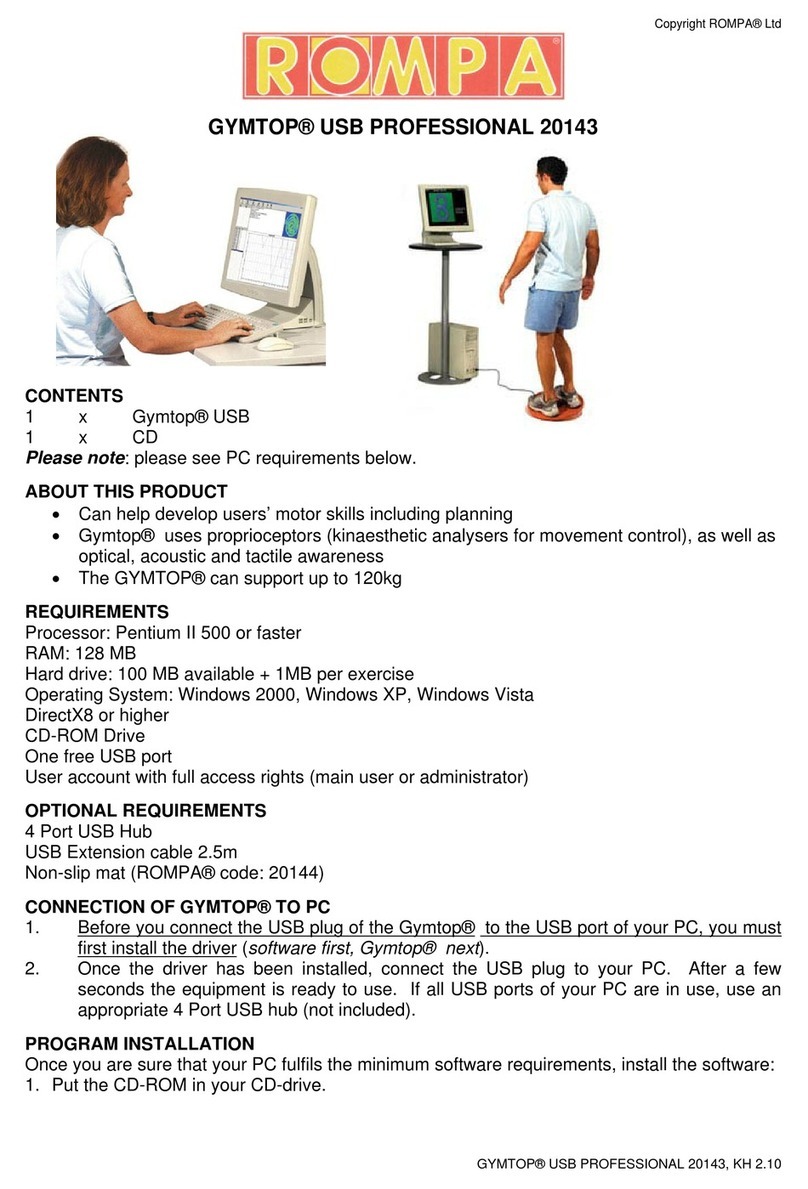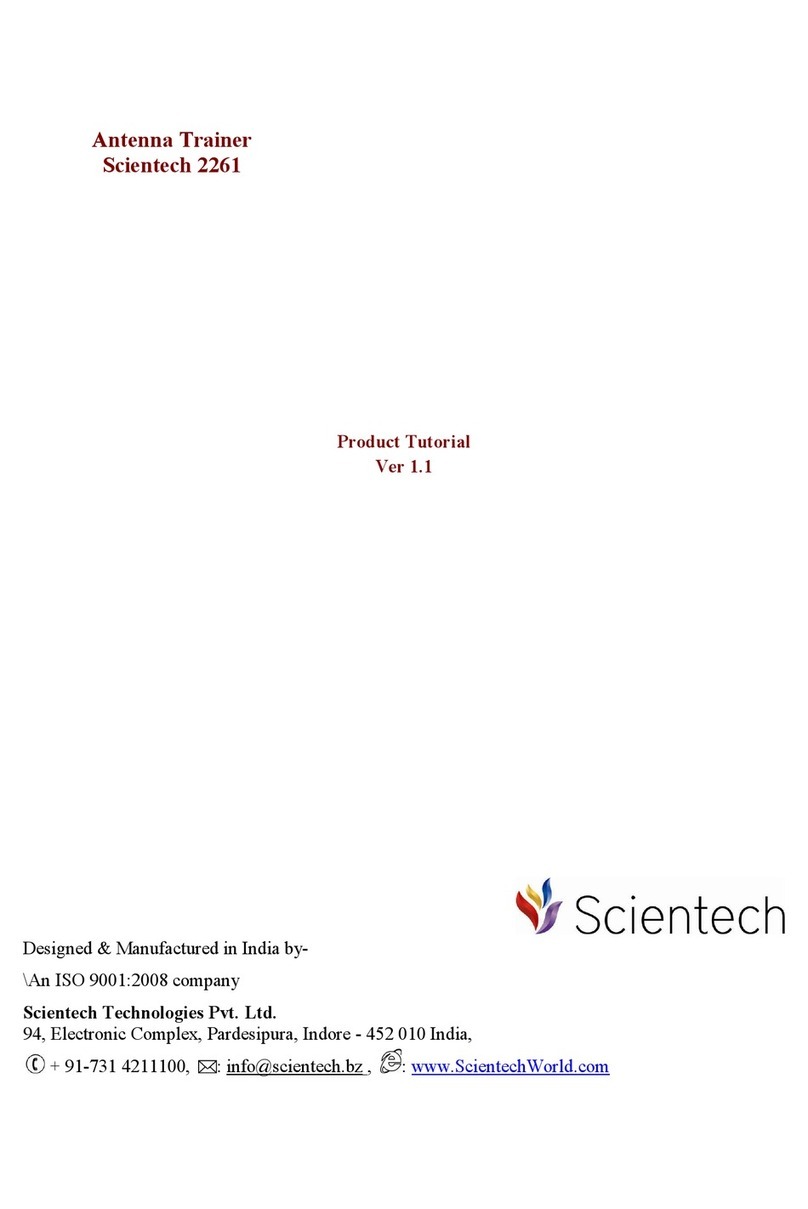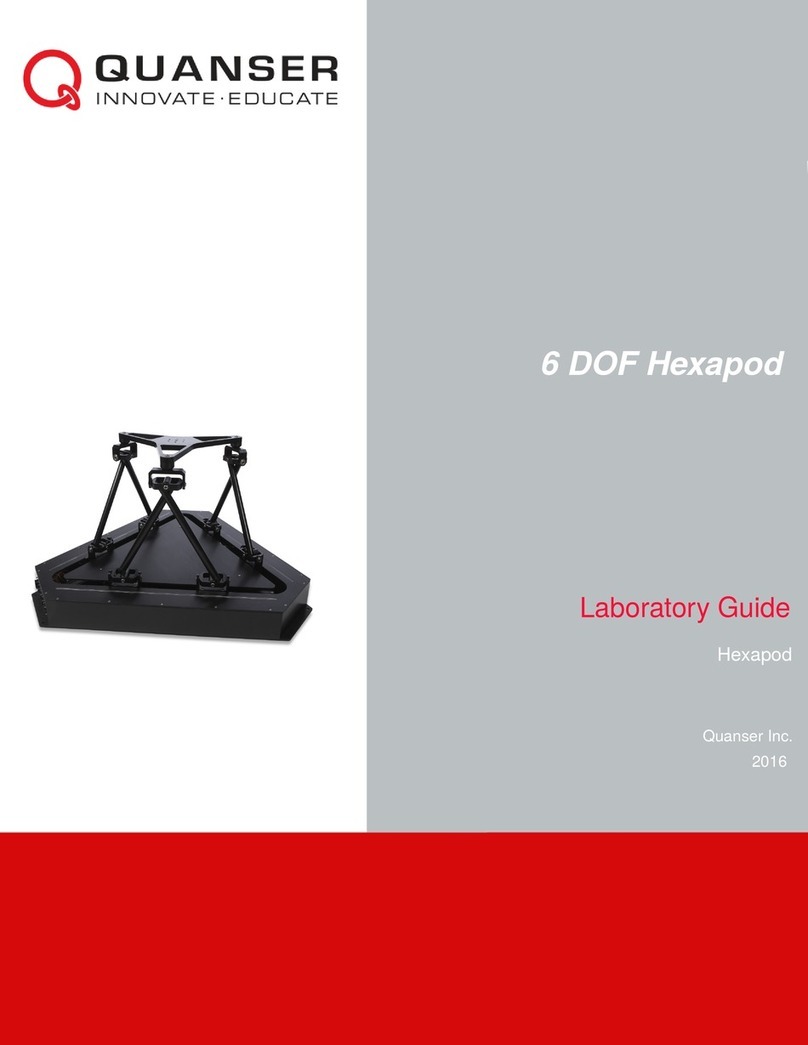laerdal Nursing Baby VitalSim User manual
Other laerdal Educational Equipment manuals

laerdal
laerdal Resusci Anne User manual
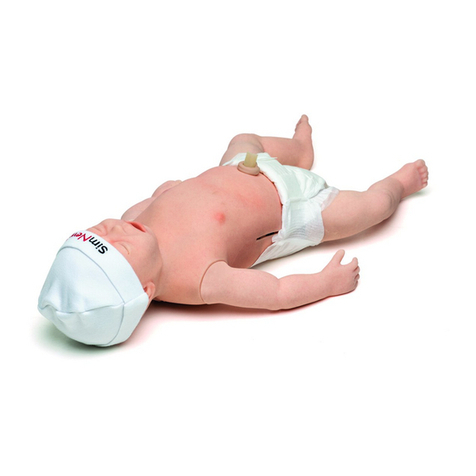
laerdal
laerdal SimNewB User manual
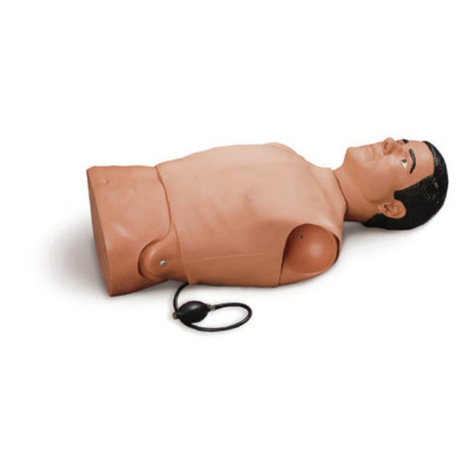
laerdal
laerdal Pneumothorax Trainer Manual
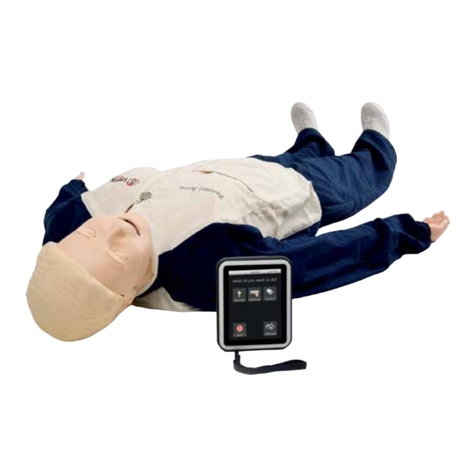
laerdal
laerdal Resusci Anne Advanced SkillTrainer User manual
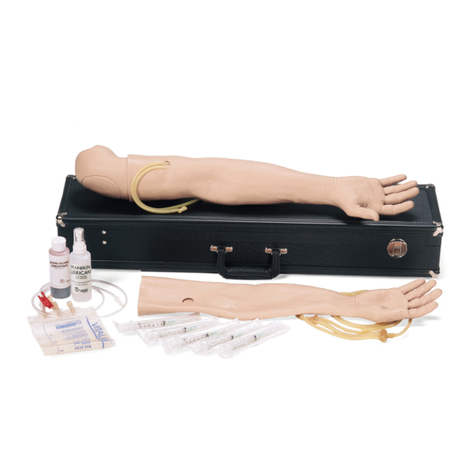
laerdal
laerdal Multi-Venous IV Training Arm Manual

laerdal
laerdal Choking Charlie Manual

laerdal
laerdal Little Anne User manual
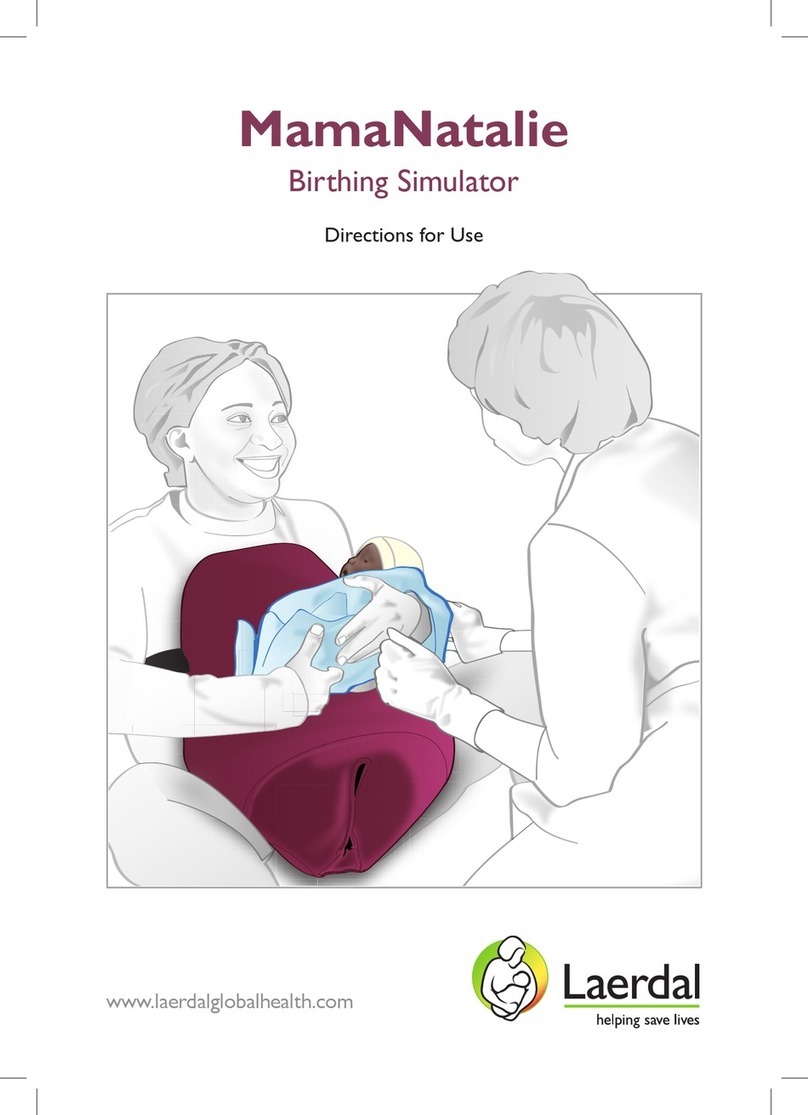
laerdal
laerdal MamaNatalie Manual

laerdal
laerdal Nursing Baby User manual

laerdal
laerdal Little Junior Manual

laerdal
laerdal Limbs & Things SimMom Instruction Manual

laerdal
laerdal Patient Kelly Manual
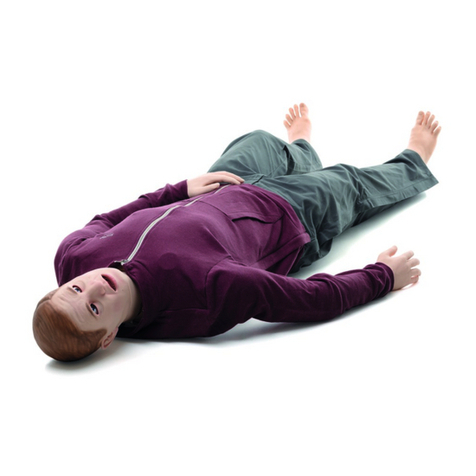
laerdal
laerdal SimMan 3G PLUS User manual
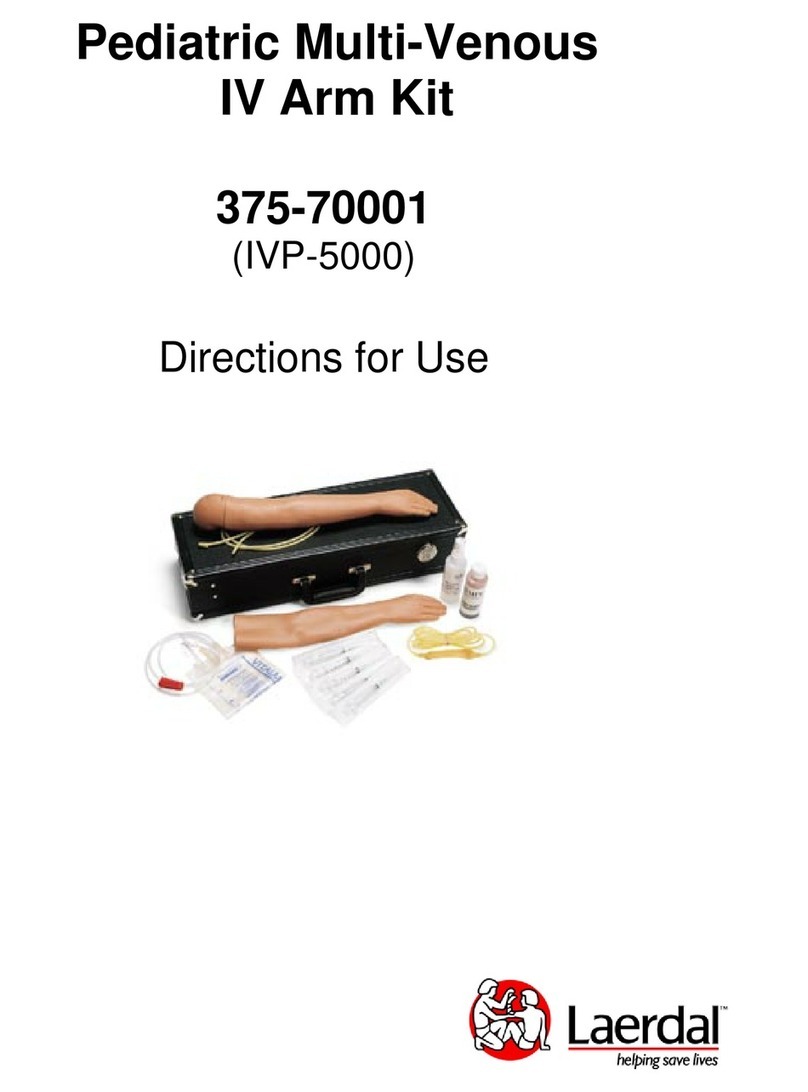
laerdal
laerdal Pediatric Multi-Venous IV Manual

laerdal
laerdal Ultimate Hurt Manual
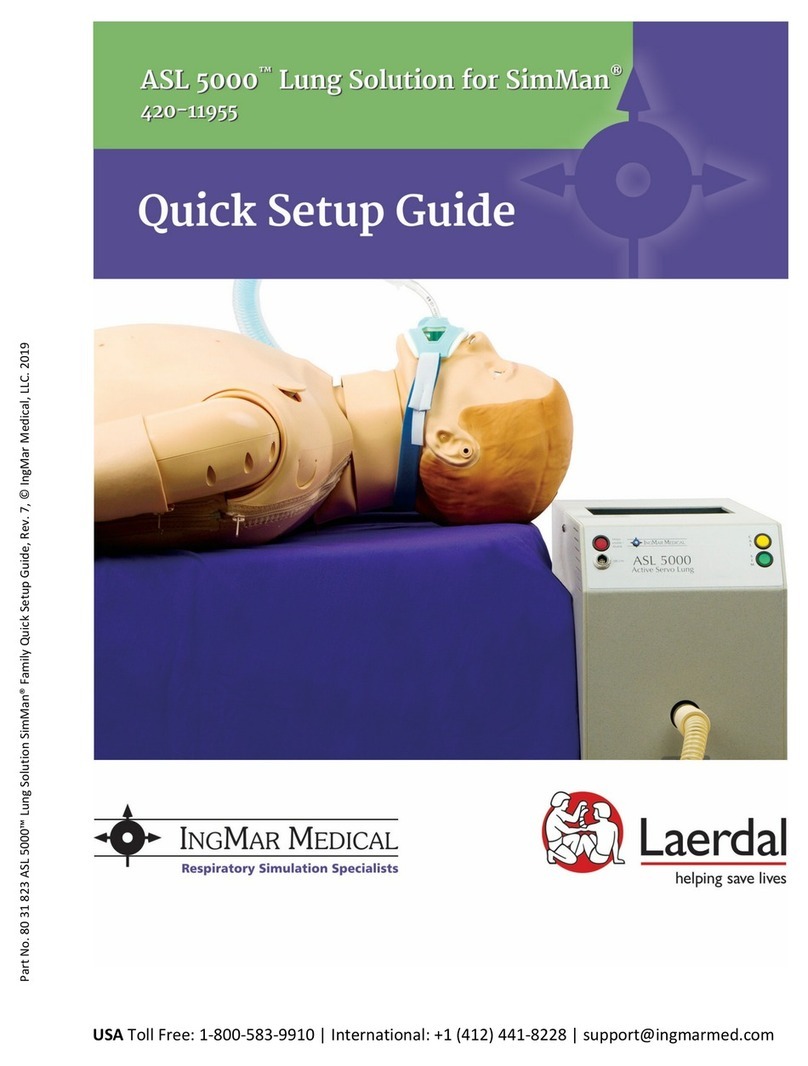
laerdal
laerdal ASL 5000 Lung Solution for SimMan User manual

laerdal
laerdal Nursing Anne VitalSim Manual
Popular Educational Equipment manuals by other brands

Surefire
Surefire Flying Model Rocket Kit How to use
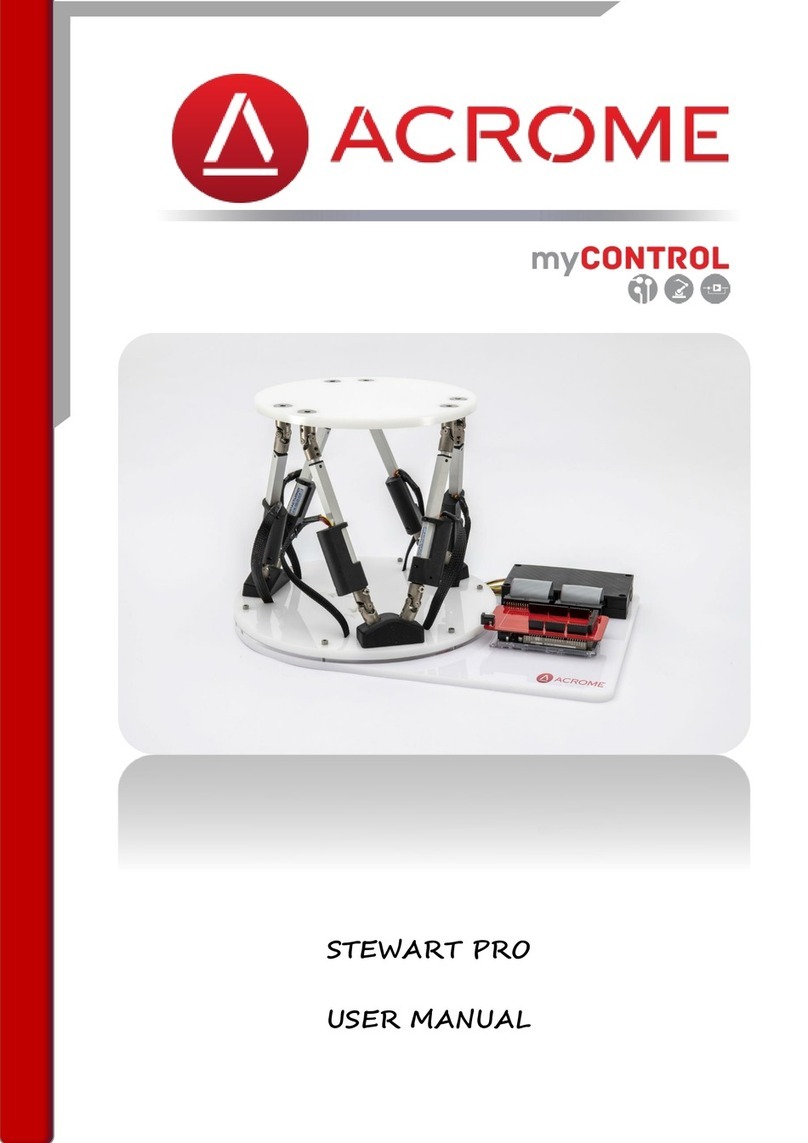
ACROME
ACROME myCONTROL STEWART PRO user manual
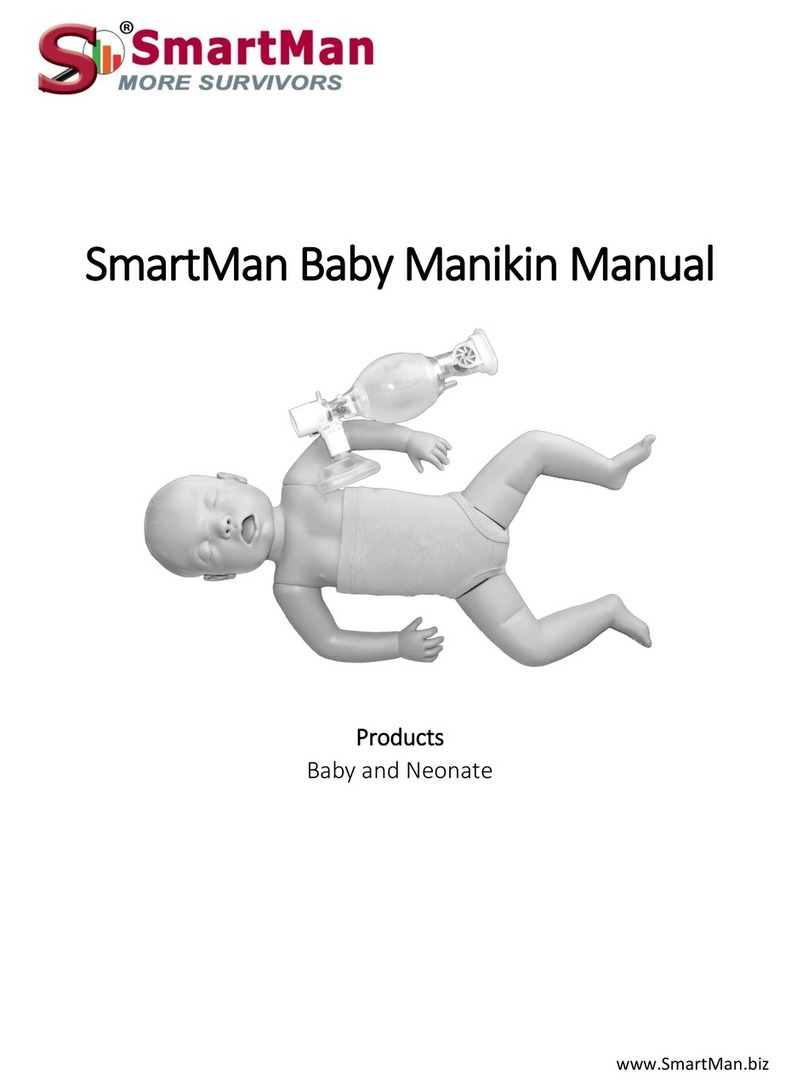
SmartMan
SmartMan Baby Manikin manual
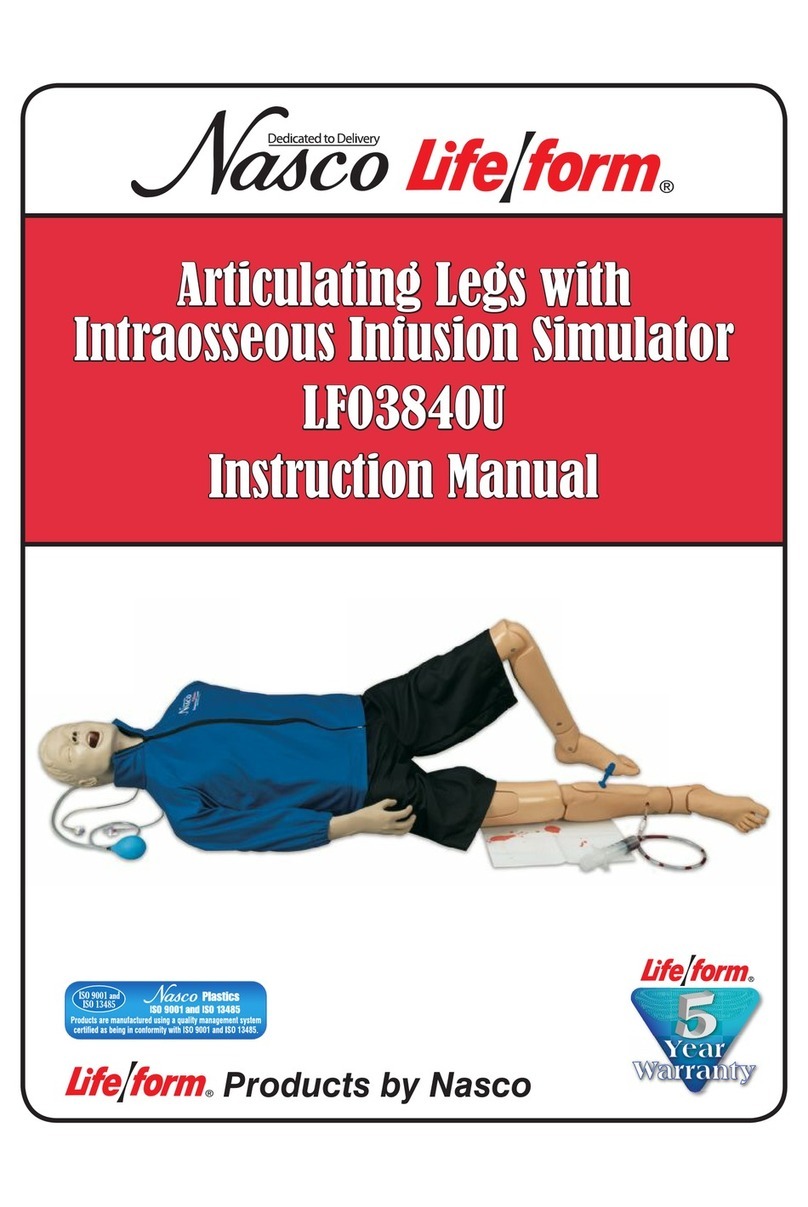
Nasco
Nasco Life/form LF03840U instruction manual
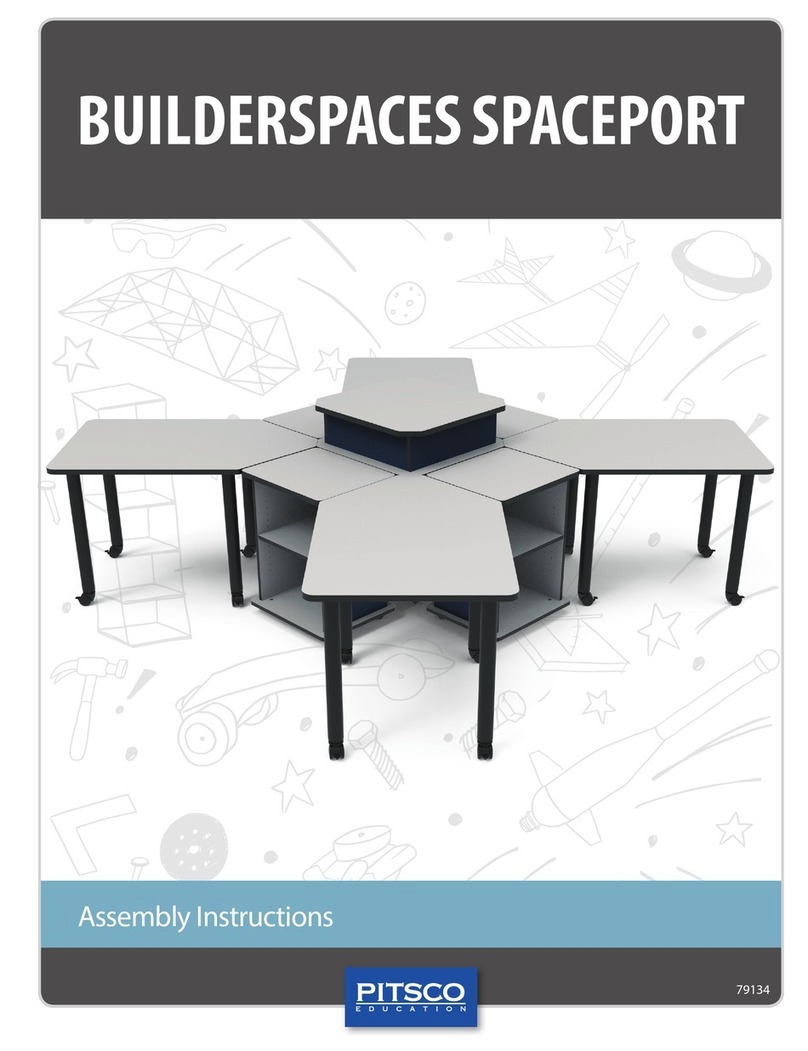
Pitsco Education
Pitsco Education BUILDERSPACES SPACEPORT Assembly instructions
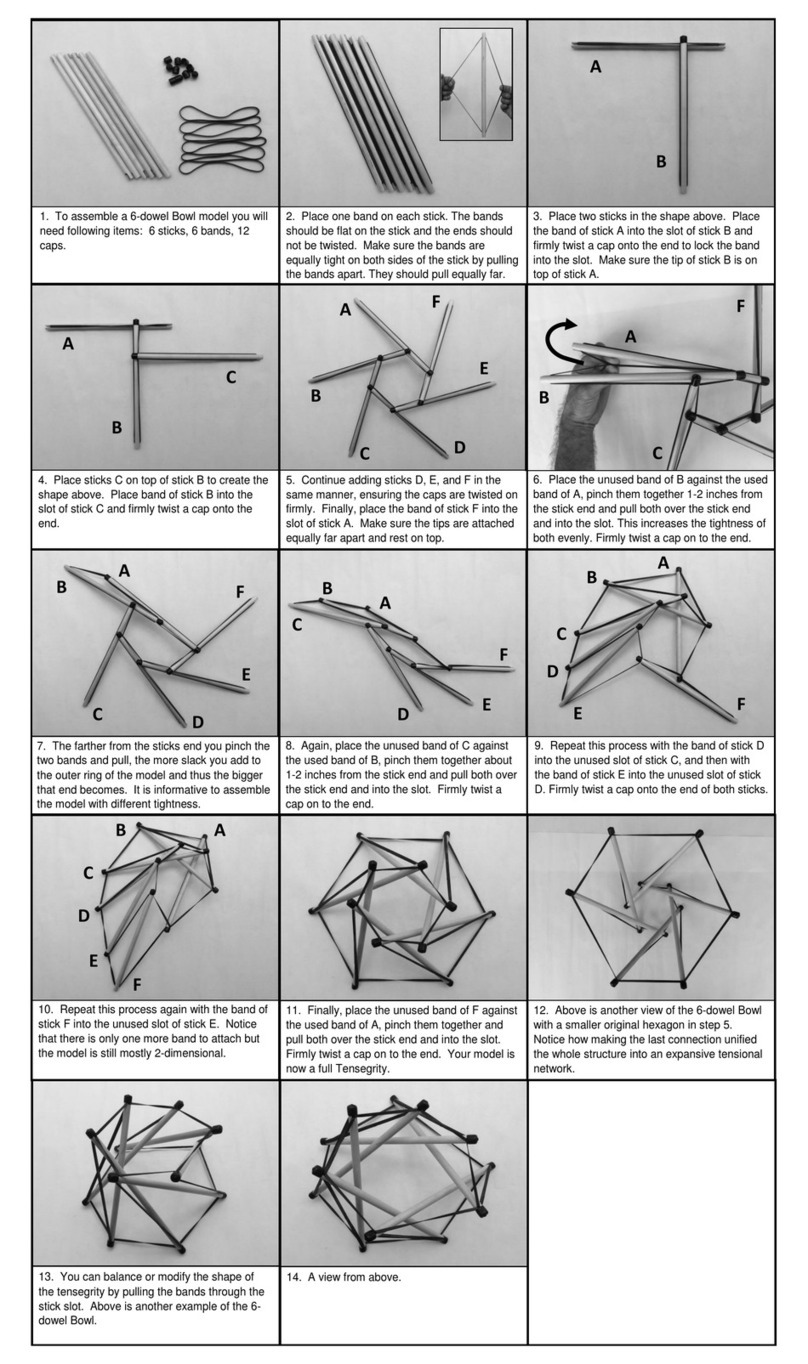
Tensegri-Teach
Tensegri-Teach 6-Dowel bowl with cacao pod Assembly instructions
